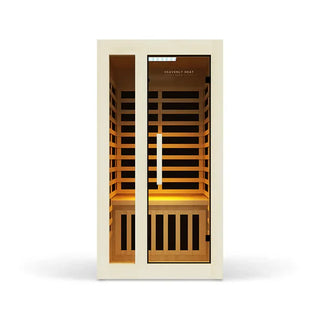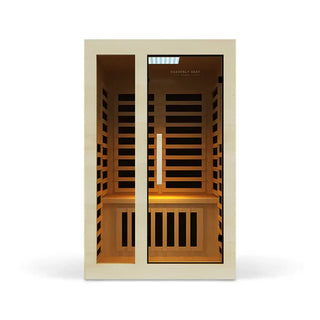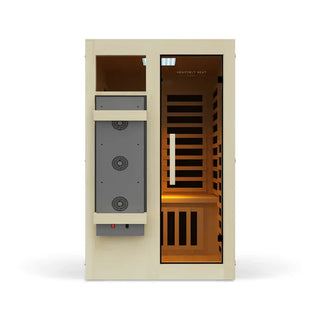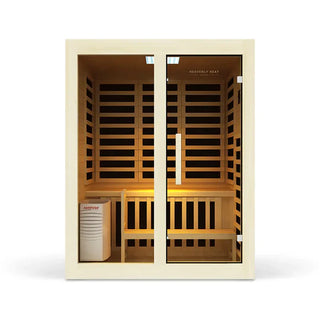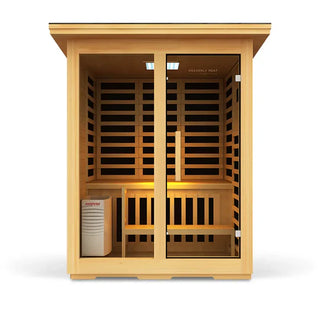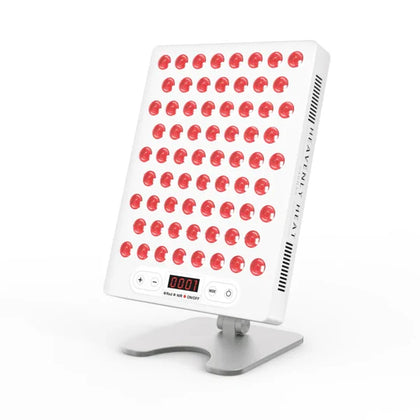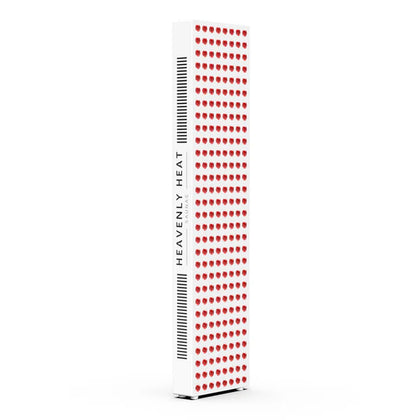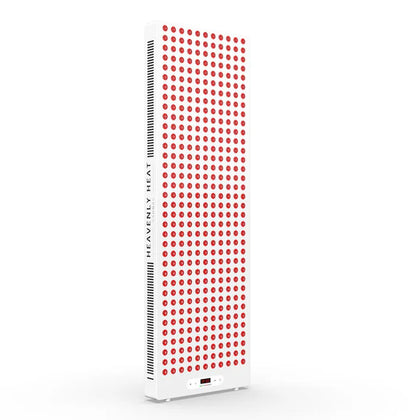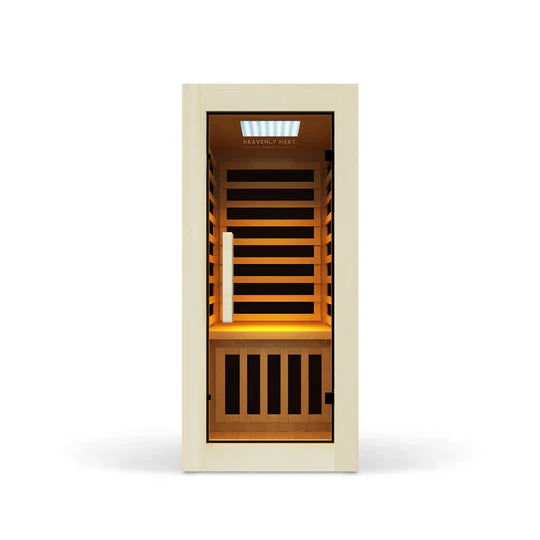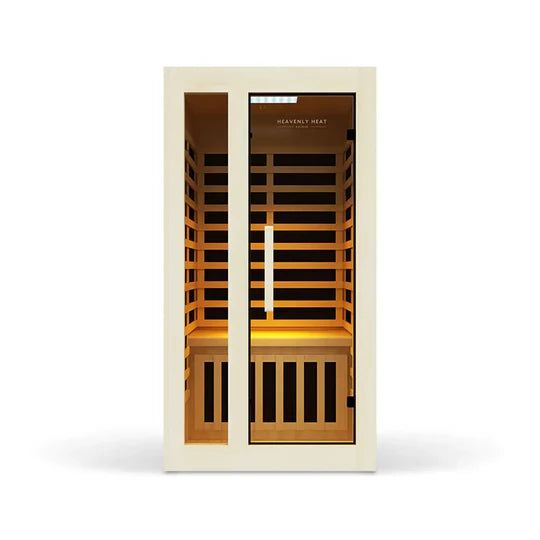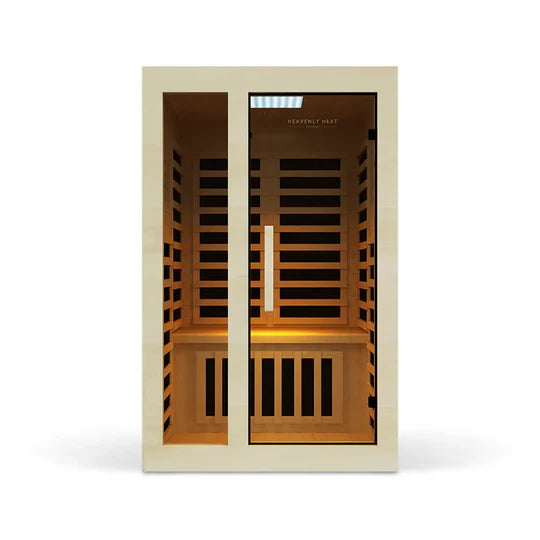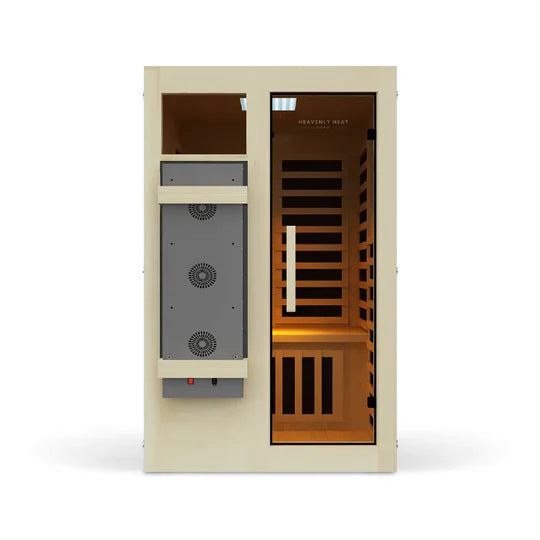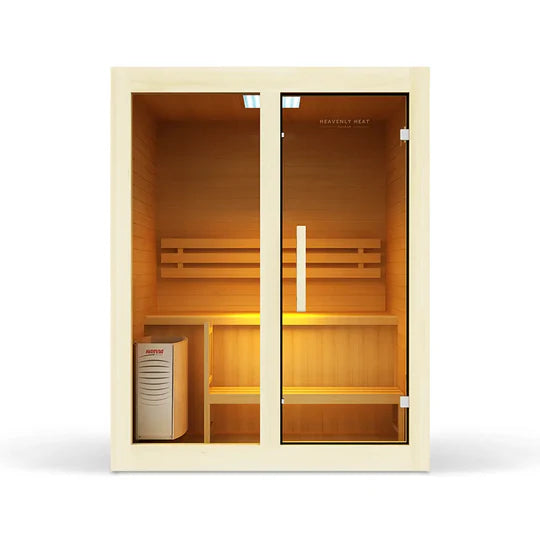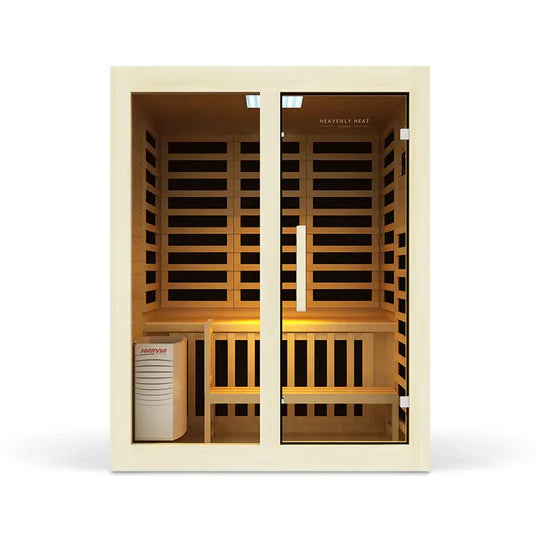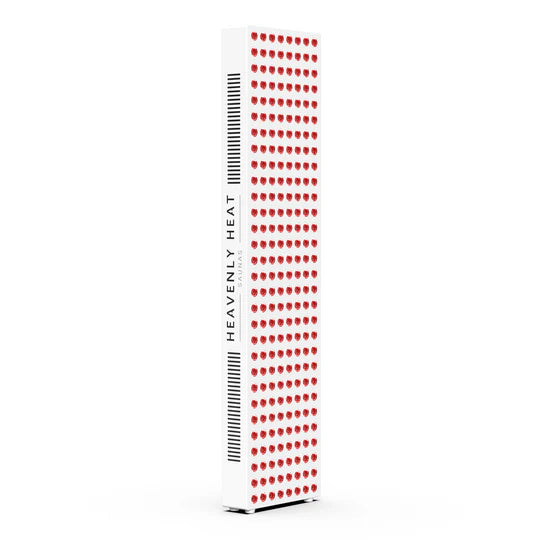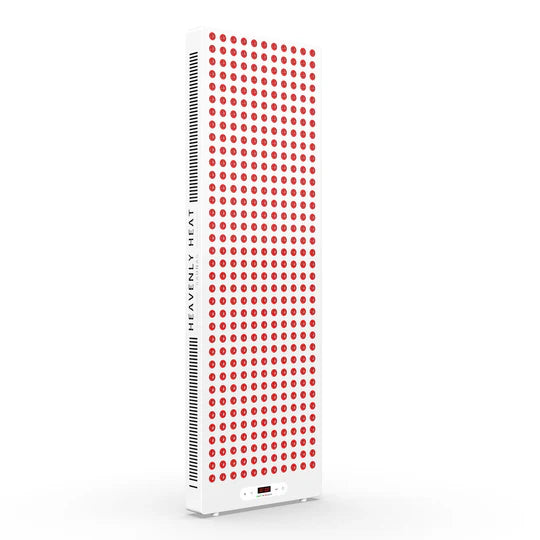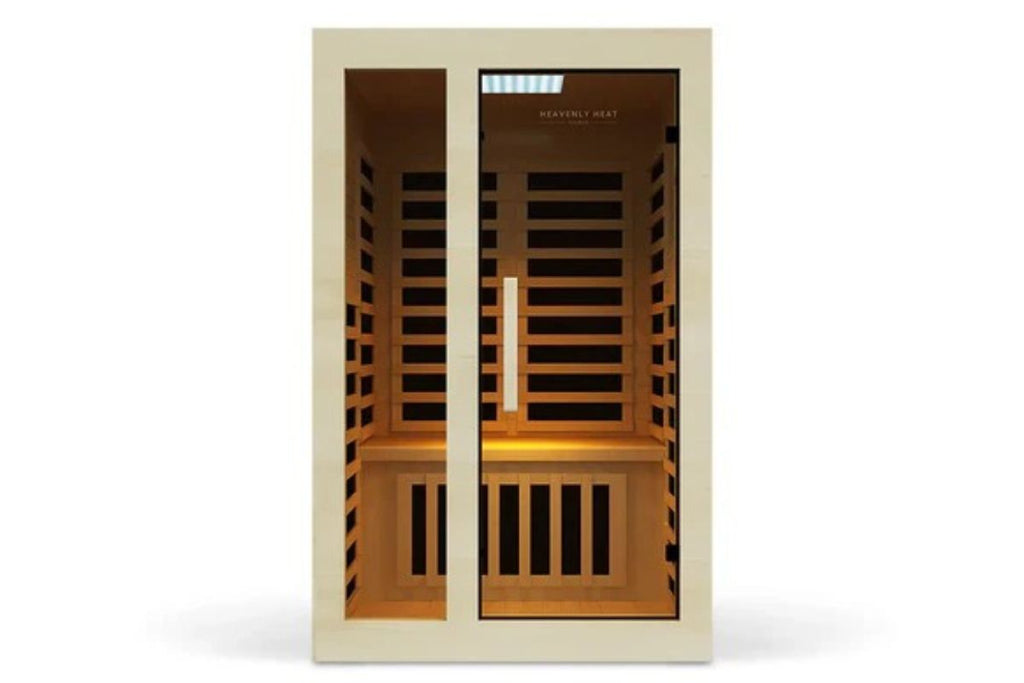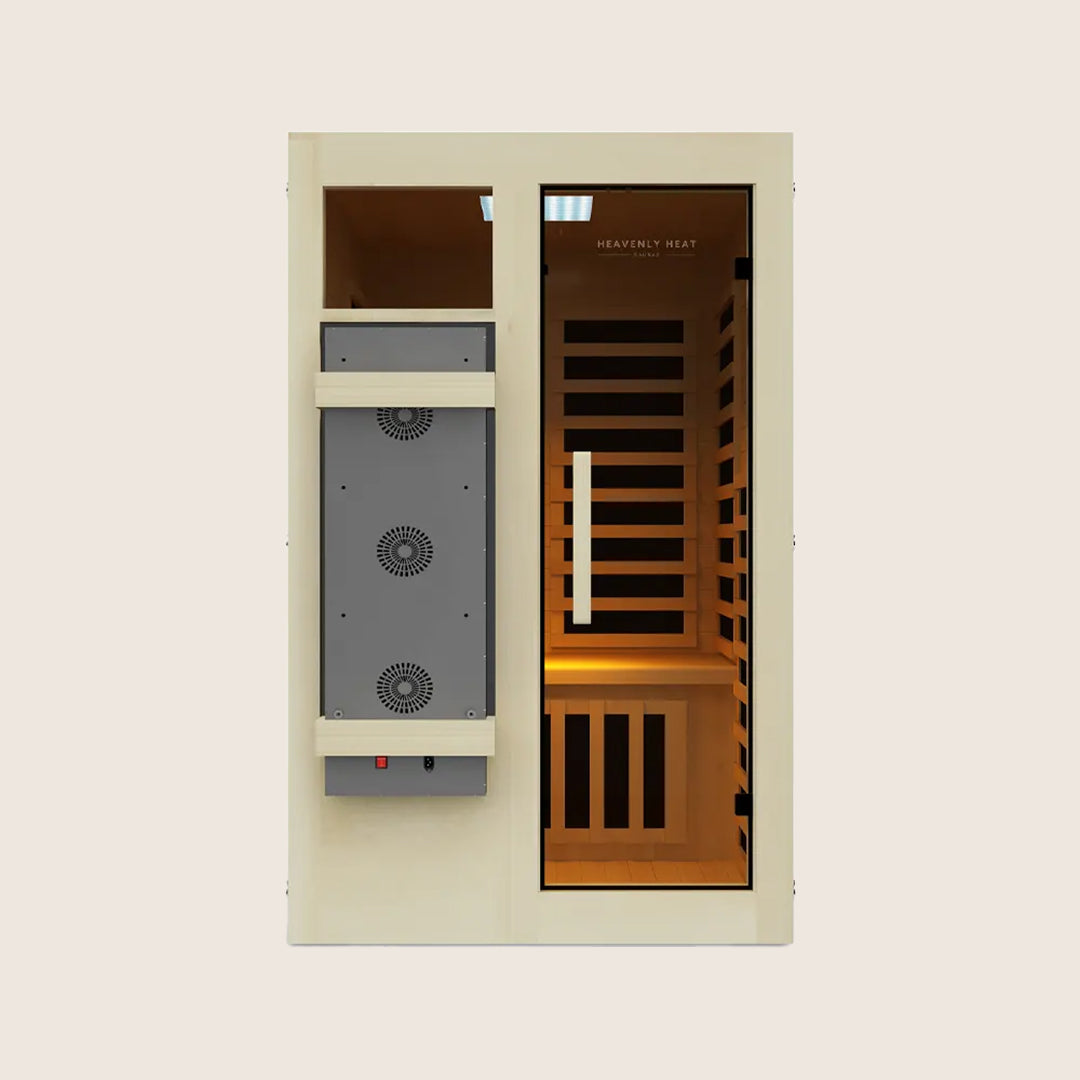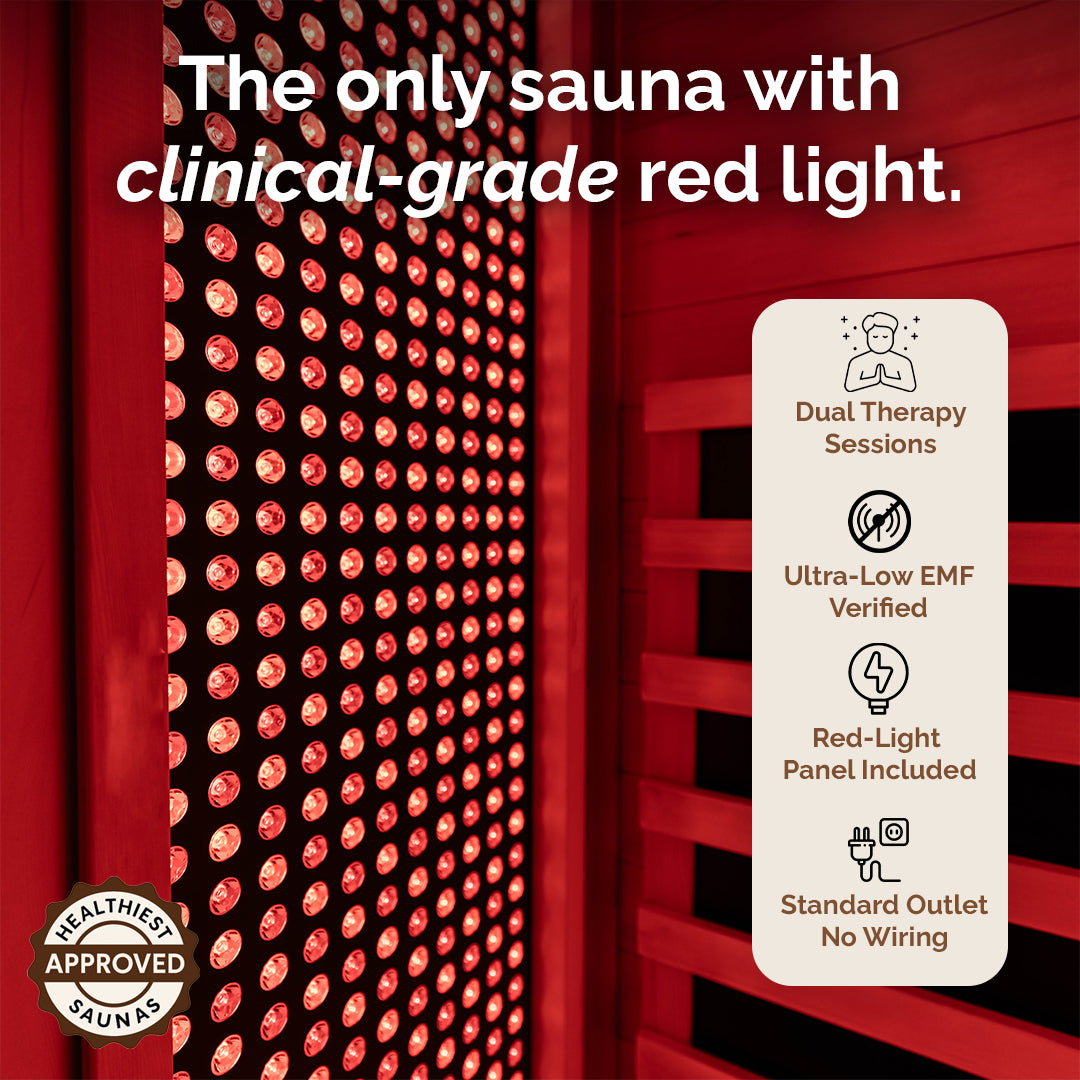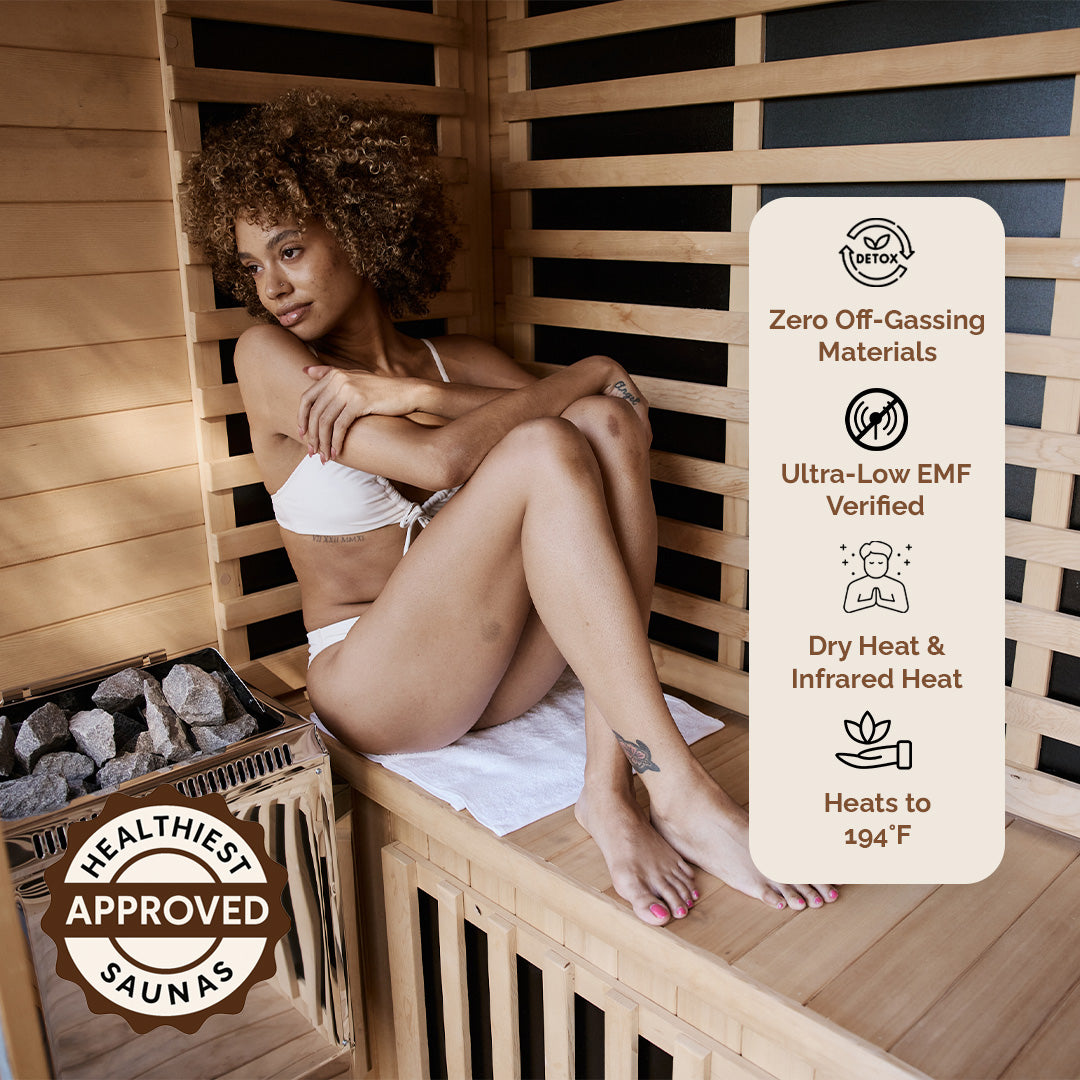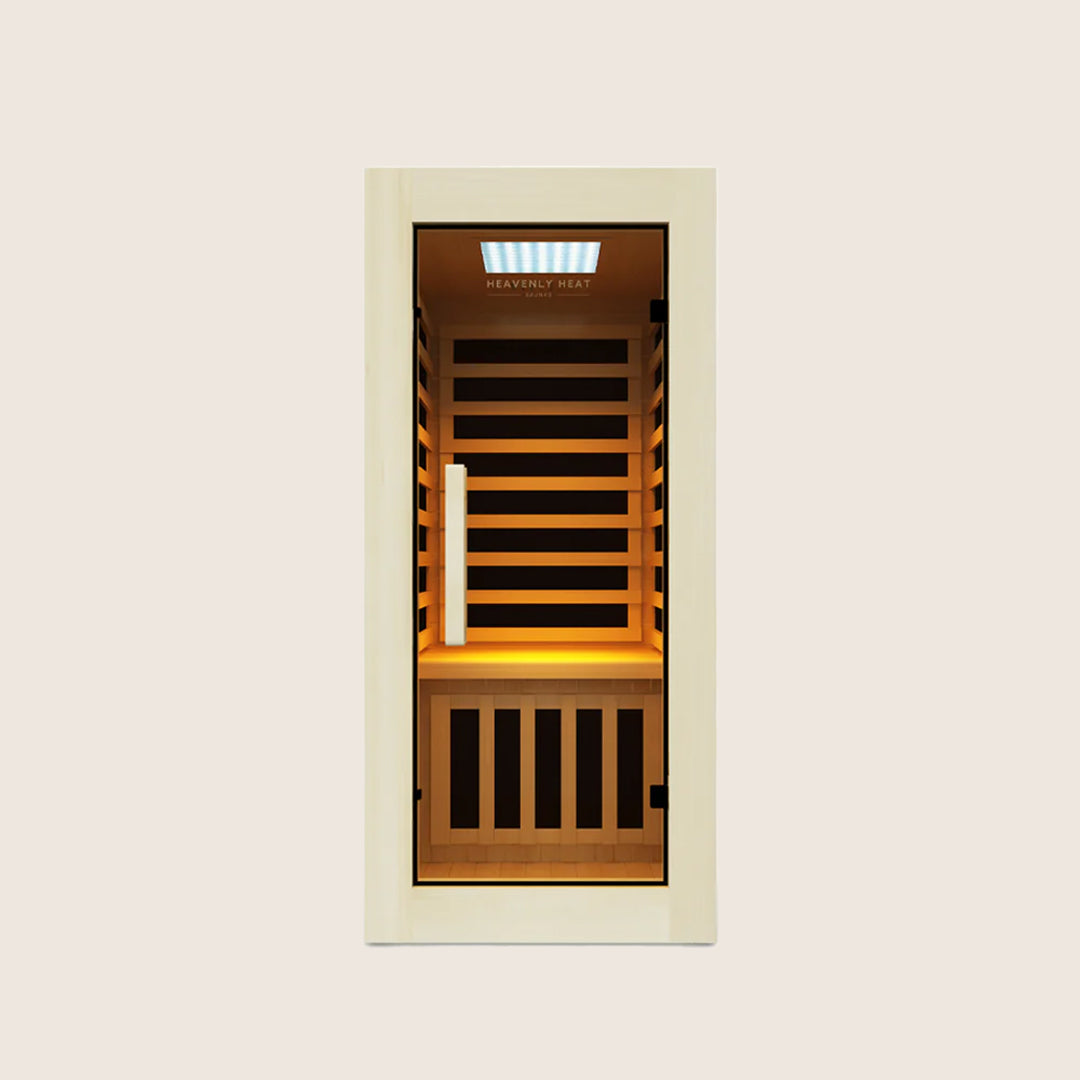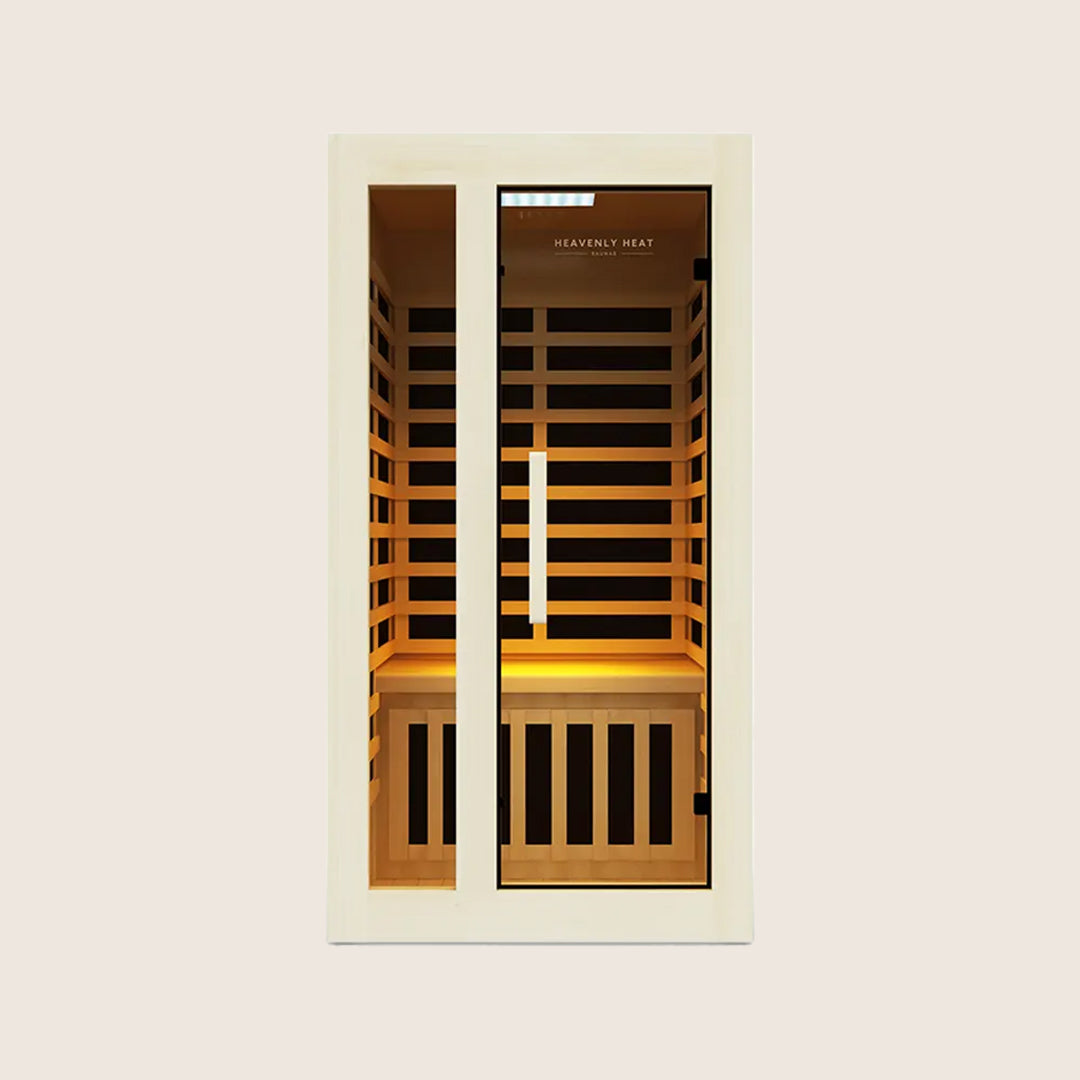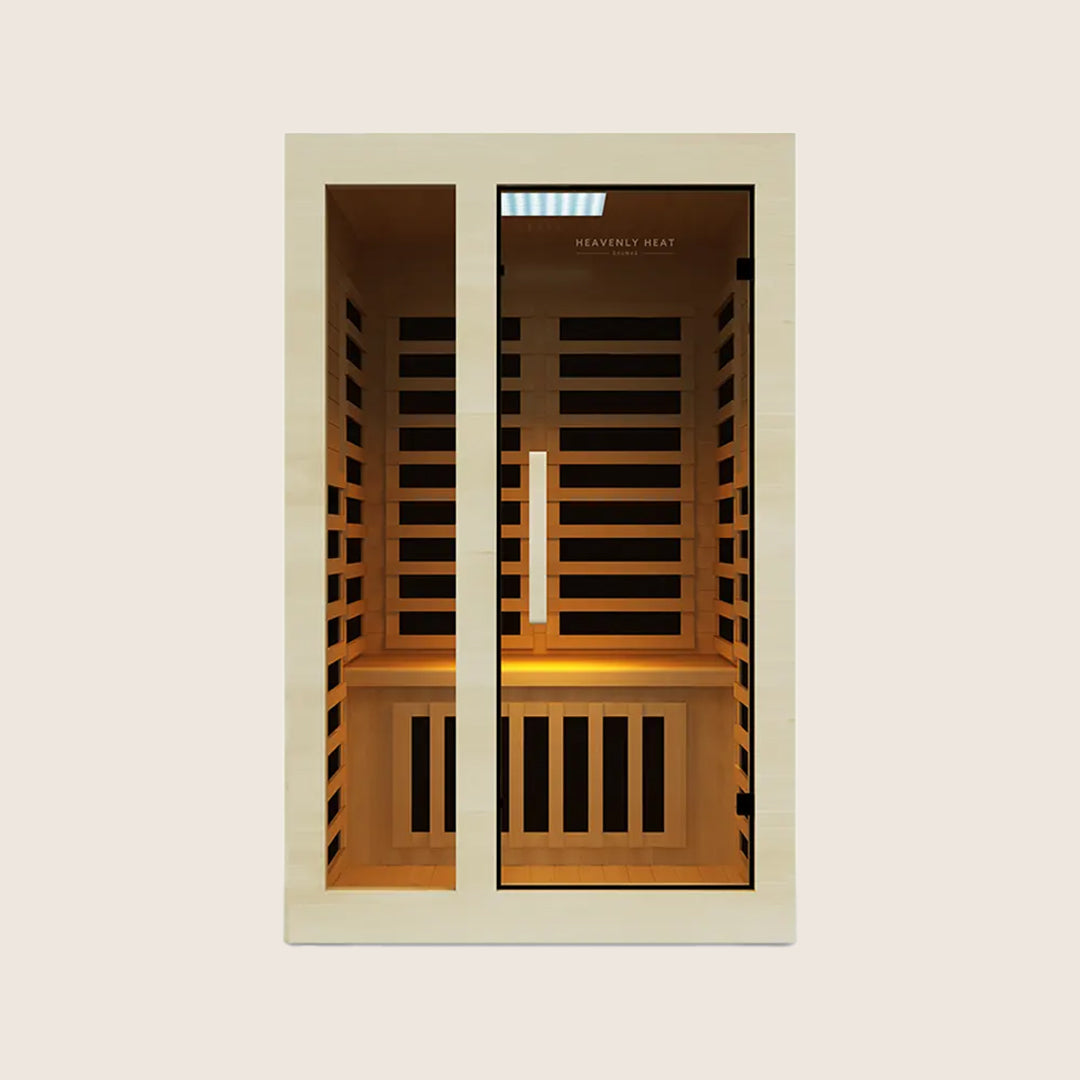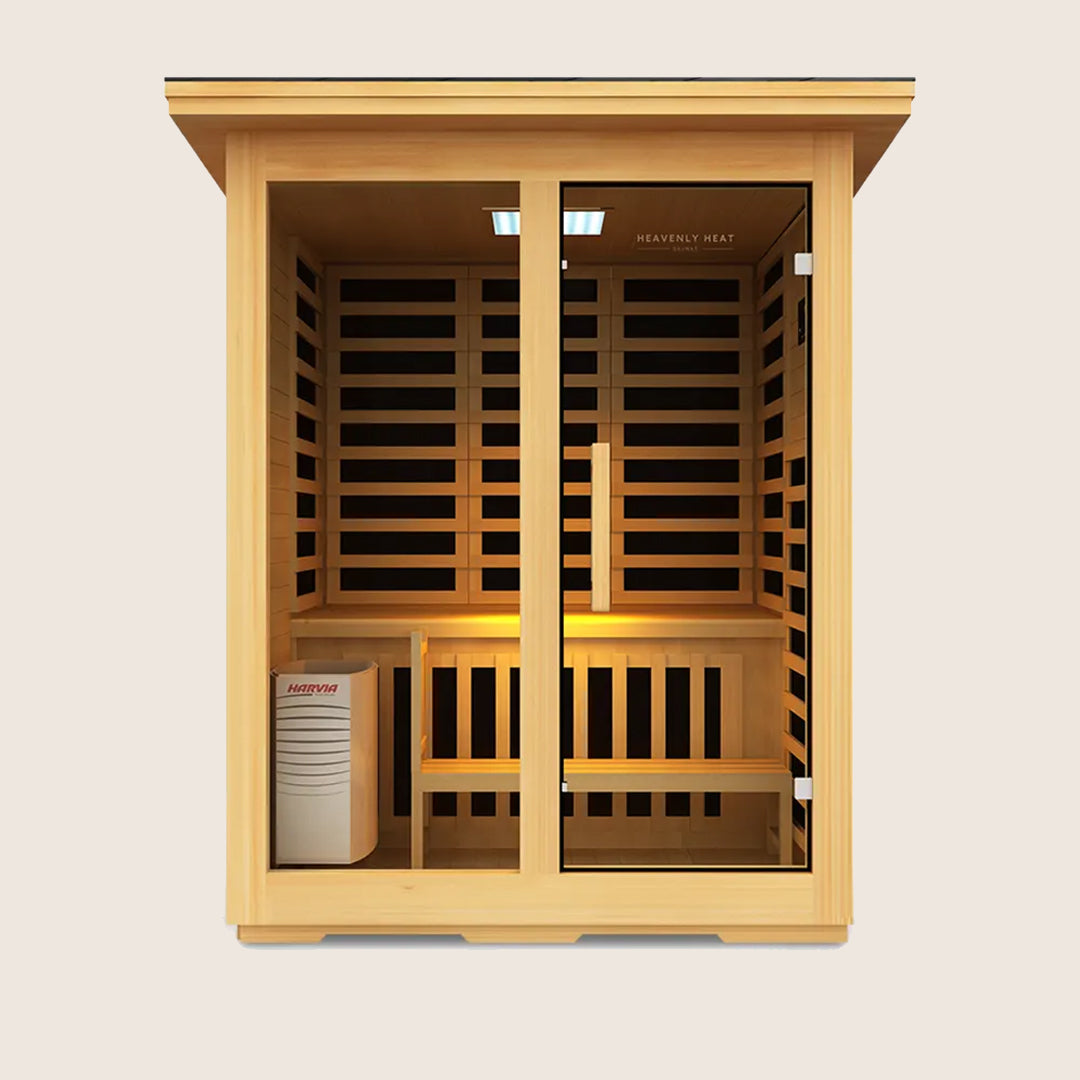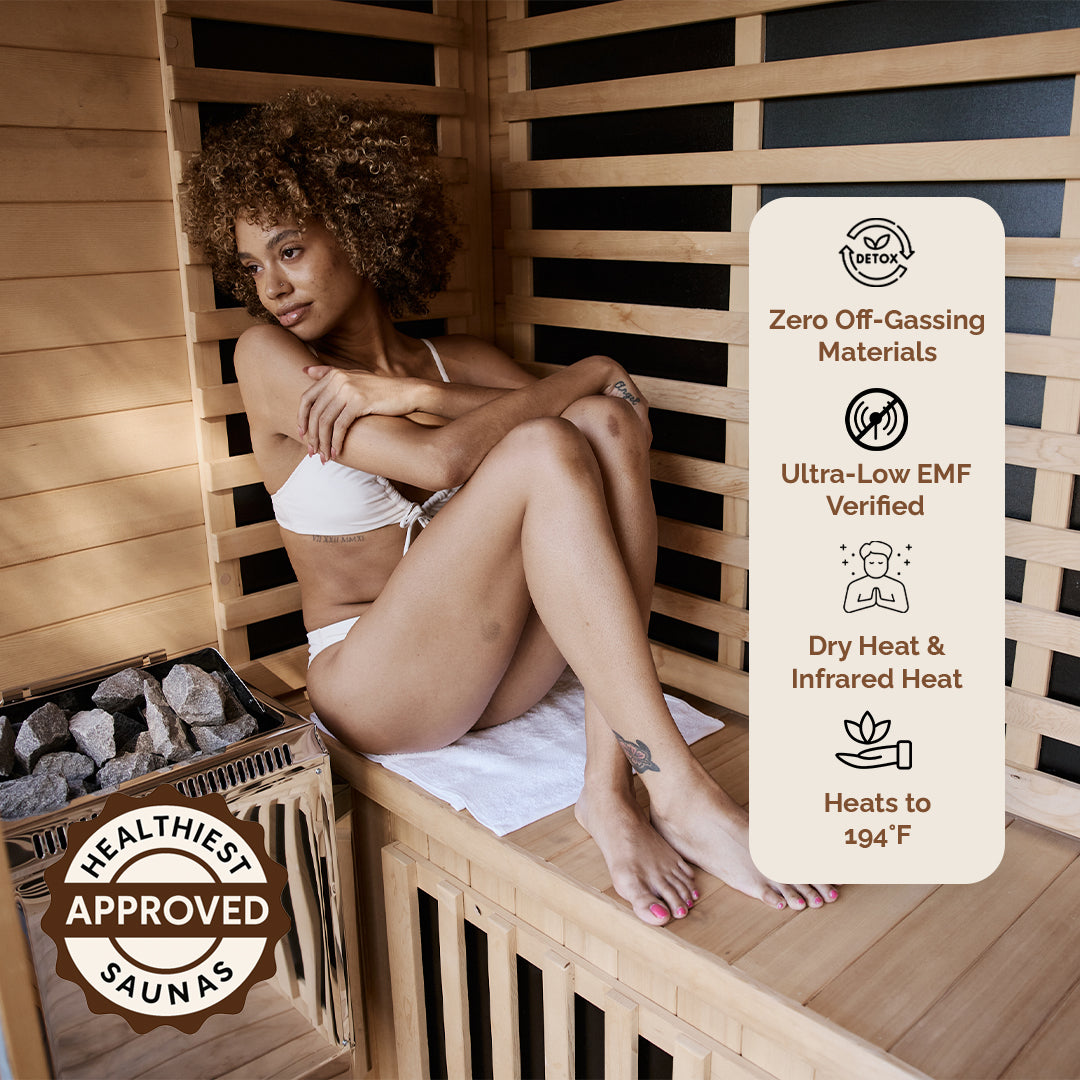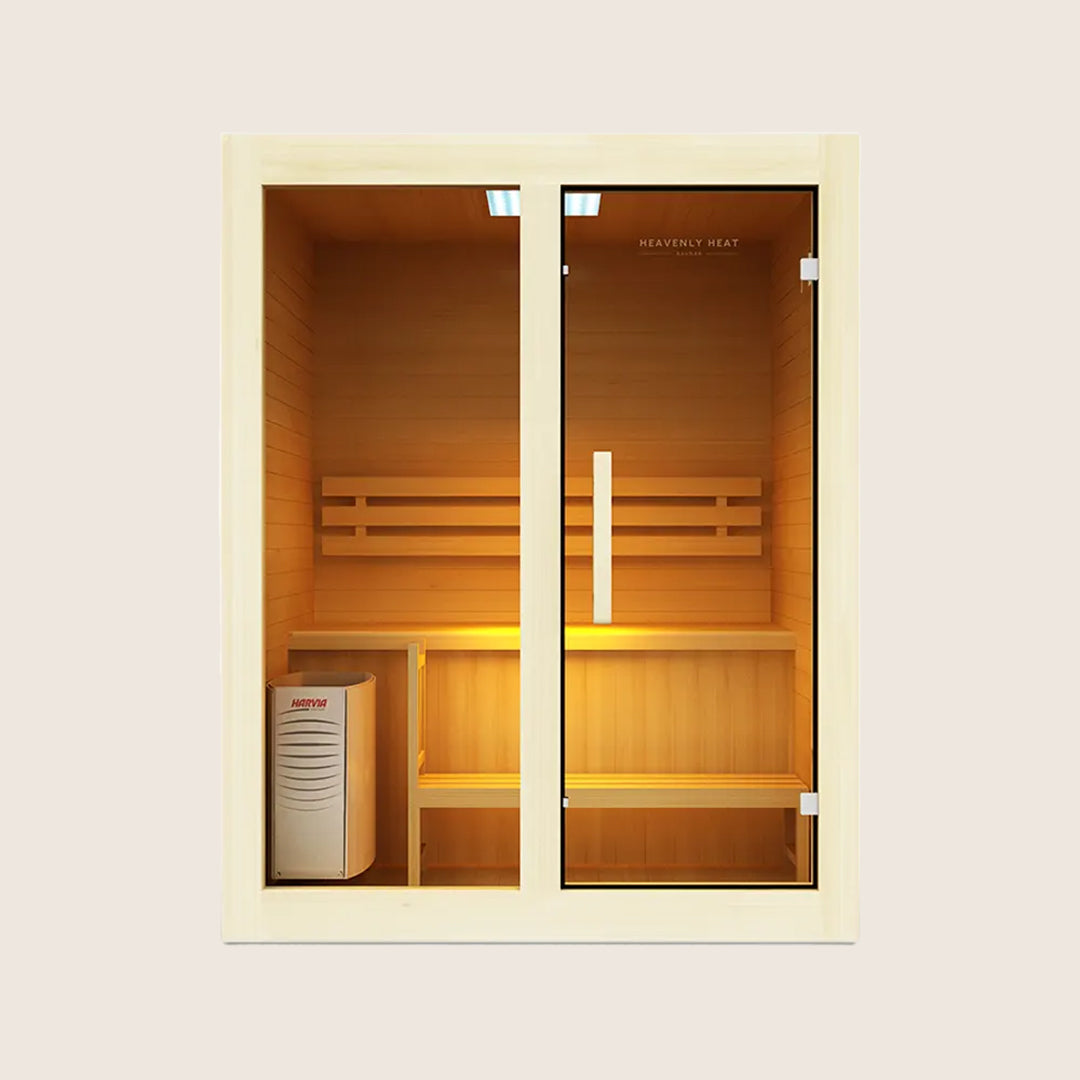The Benefits of Using a Sauna for Allergy Relief

Spring should be a time for fresh air and sunshine, but for allergy sufferers, it’s sneezing, congestion, and endless misery.
You avoid the outdoors, but allergens still find their way in, making even your home a battleground.
What if there was a natural, soothing way to find relief? Discover how a sauna can help clear your airways and calm your immune system.
Table of contents
What is Allergy?
The Mayo Clinic defines an allergy as an overreaction of the immune system to substances that are typically harmless to most people. These substances, known as allergens, can enter the body through the air, food, skin contact, or insect stings. When the immune system mistakenly identifies an allergen as a threat, it produces antibodies that trigger a chain of immune responses, leading to symptoms that may affect the skin, sinuses, respiratory tract, or digestive system.
Common causes of allergies include:
Pollen: A seasonal trigger that causes hay fever and respiratory symptoms.
Pet dander: Skin flakes from animals can irritate sensitive immune systems.
Foods: Peanuts, shellfish, and dairy are frequent offenders.
Insect stings: Bees, wasps, or ants can cause severe local or systemic reactions.
Medications: Certain antibiotics or pain relievers can provoke allergic responses.
Dust mites or mold: Common indoor allergens that thrive in humid conditions.
Allergies can disrupt daily life, causing discomfort, fatigue, and even life-threatening reactions like anaphylaxis. However, effective management strategies exist. Many people find relief through antihistamines, nasal sprays, or avoiding known triggers. For those seeking alternatives, natural methods like saline rinses or air purifiers offer added support. With guidance from an allergist, most individuals can live well and.
How Can a Sauna Relieve Allergies?
Using a sauna can provide significant relief for allergy sufferers by easing symptoms such as nasal congestion and inflammation.
The heat and steam help open airways, improve respiratory function, and promote relaxation, which can reduce allergy-related discomfort.
Additionally, sauna sessions soothe irritated nasal passages, enhance circulation, and may help reduce inflammation associated with asthma and allergic reactions.
According to a study, six weeks of sauna therapy significantly improved nasal airflow and lung function in allergic rhinitis patients.
Participants who used a sauna regularly experienced an increase in peak nasal inspiratory flow and forced expiratory volume, meaning they could breathe more easily.
The study also found that sauna use enhanced sympathetic nervous system activity, which plays a role in regulating immune responses and inflammation.
Other Therapies that help with Allergy Relief
Herbal Remedies
Herbal remedies can help ease allergy symptoms by calming your body’s immune response and lowering inflammation.
Instead of just covering up the symptoms, some herbs work with your body to reduce things like sneezing, itchy eyes, and stuffy nose.
For example, butterbur has been shown to work just as well as some allergy medications, without making you sleepy.
According to a 2007 review in Annals of Allergy, Asthma & Immunology, studies found herbs like butterbur, Aller-7, and Tinospora cordifolia helpful for allergy relief, showing real promise as natural options.
Acupuncture
Acupuncture helps with allergy relief by calming your immune system and reducing the inflammation that causes sneezing, stuffy nose, and itchy eyes.
It works by gently stimulating certain points on your body to bring it back into balance, without the side effects of allergy medicines.
According to a 2018 review in Medicine, people who used acupuncture for allergic rhinitis had fewer symptoms, needed less medication, and felt better overall.
It also helped improve asthma control and lowered allergy-related markers in the blood, making it a smart, natural way to ease allergy troubles.
Essential Oils
Breathing in essential oils can help your body fight allergy symptoms naturally. When you inhale these oils, they calm your nasal passages, reduce stuffiness, and help you breathe easier.
They also relax your mind and body, which can ease overall discomfort. One study from Evidence-Based Complementary and Alternative Medicine in 2016 found that people with year-round allergies felt much better after inhaling a mix of sandalwood, geranium, and Ravensara oils for just one week. They had less nasal blockage, better sleep, more energy, and an improved quality of life.
Infrared Sauna vs. Steam Sauna for Allergies
Heat Source
Infrared saunas and steam saunas provide heat differently. Infrared saunas use infrared light to heat the body directly, creating a dry environment, whereas steam saunas produce heat by generating steam, increasing humidity.
Infrared saunas are often preferred for allergy relief as they warm the body without adding excess moisture, which can sometimes worsen symptoms for those sensitive to humidity.
Steam saunas can help clear nasal congestion, but the high humidity may aggravate allergies in some individuals.
Airway Effects
Both infrared and steam saunas can benefit airway health, but in different ways. Infrared saunas reduce inflammation and promote better airflow through the nasal passages.
Infrared radiation is more effective than steam for reducing pain and increasing blood flow because it can penetrate tissue up to several centimeters," says Dr. Michael Kummer.
Steam saunas, with their moist heat, can loosen mucus and temporarily relieve sinus congestion. People with asthma may find steam saunas soothing, as the warm moisture can help open airways, but those sensitive to humidity might prefer the dry heat of an infrared sauna.
Temperature Levels
Infrared saunas operate at lower temperatures (120-150°F), offering a milder heat that reduces the risk of overheating.
Steam saunas can reach up to 190°F and provide more intense heat, which may be too overwhelming for some allergy sufferers.
The choice between infrared and steam saunas depends on individual tolerance and sensitivity to temperature.
Can a Sauna Clear Up Sinus Congestion?
Yes, a sauna can help relieve sinus congestion. The heat loosens mucus, reduces pressure, and opens nasal passages, improving airflow.
Steam saunas provide moisture that helps break up congestion, while infrared saunas offer deep heat that enhances circulation.
"Infrared saunas make you sweat a lot, which helps excrete heavy metals like cadmium, lead, and aluminum at significantly higher rates," says Dr. Rhonda Patrick, a biochemist.
This detoxifying effect may contribute to overall immune health, which can help the body manage allergy symptoms more effectively.
How Often Should You Use a Sauna for Allergy Relief?
For most people, using a sauna 2-3 times per week is effective in reducing allergy symptoms. Daily sauna use can provide additional benefits, but it’s important to listen to your body and avoid overuse.
Regular sauna sessions can help prevent allergy flare-ups by maintaining clear airways and reducing inflammation.
Even occasional use can still offer some relief, though more frequent sessions tend to yield better results.
"When doing sauna treatments, I recommend staying in for 5 to 20 minutes at a temperature between 176°F (80°C) and 212°F (100°C)," says Dr. Eric Berg, a chiropractor and keto expert.
He also suggests adding periodic steam bursts to enhance the experience and improve detoxification.
Risks of Using a Sauna for Allergies
Breathing Problems
While saunas can help open airways, they may also cause breathing difficulties for some individuals.
The heat and humidity, especially in steam saunas, can sometimes trigger asthma symptoms or worsen respiratory irritation. Those with lung conditions should monitor their reactions and limit exposure if necessary.
Worsening Sinus Congestion
Although saunas help clear congestion, excessive heat can sometimes dry out nasal passages, leading to irritation.
Those with chronic sinus issues should ensure sauna temperatures aren’t too high and limit session duration to avoid discomfort.
Skin Irritation
People with sensitive skin or conditions like eczema may experience irritation from sauna exposure.
High humidity in steam saunas can exacerbate skin reactions, while dry heat from infrared saunas might cause excessive dryness. Moisturizing after sauna use can help reduce irritation.
Risk of Dehydration
Sweating in the sauna can quickly lead to dehydration, which may worsen allergy symptoms.
Staying hydrated before, during, and after sauna use is essential to maintain overall well-being.
Blood Pressure Fluctuations
Saunas can cause a drop in blood pressure due to heat-induced blood vessel dilation. For some, this may lead to dizziness or fainting.
Those with existing heart conditions or blood pressure issues should use saunas cautiously and avoid staying in for too long.
Exposure to Mold & Allergens
Improperly maintained steam saunas can promote mold growth, which may trigger allergies. Ensuring proper ventilation and cleaning practices can help prevent exposure to airborne allergens.
Increased Histamine Levels
Sauna heat can increase histamine production, potentially triggering allergic reactions such as hives or itching.
Individuals with histamine intolerance should monitor their reactions and limit heat exposure if necessary.
Eye Irritation
The steam and heat in a sauna can cause eye irritation, particularly for those with existing allergies.Allergens in the air, like dust or mold, may irritate the eyes, causing redness or discomfort.
For people with sensitivities, the steam can also lead to dry or itchy eyes. If you have eye conditions like conjunctivitis or pink eye, sauna use might aggravate the symptoms.
To avoid eye irritation, try using goggles or avoid the sauna if you're experiencing any irritation before your session.
Rapid Heartbeat
In some cases, sauna use can cause a rapid heartbeat, especially in individuals with allergies. The heat from the sauna can trigger an increase in heart rate, and for some, this can indicate an allergic reaction.
If you experience a rapid heartbeat, it’s important to listen to your body and leave the sauna if necessary.
The combination of heat and allergy symptoms can cause additional strain on the heart, particularly for those who already have heart issues.
If you have a history of heart problems or rapid heartbeat, it's a good idea to consult a doctor before using the sauna regularly.
Can Sauna Therapy Reduce Dependence on Allergy Medication?
Regular sauna use may help reduce reliance on allergy medications by easing congestion, inflammation, and other symptoms naturally.
Sweating helps remove allergens from the body, and improved circulation supports overall immune function.
While sauna therapy may not completely replace medication, it can complement traditional allergy treatments and reduce the frequency of flare-ups.
Best Practices for Using a Sauna During Allergy Season
Rinse Off Before & After
Washing away allergens before entering the sauna prevents them from lingering on your skin.
Showering afterward helps remove sweat and allergens that may have accumulated during your session.
Use a HEPA Filter for Clean Air
Installing a HEPA filter in or near the sauna can help reduce airborne allergens like pollen, dust, and pet dander.
Stay Hydrated
Drinking water before, during, and after sauna use prevents dehydration and supports the immune system.
Keep Sauna Sessions Short
Limiting sauna time to 10-15 minutes prevents overheating and minimizes potential allergy flare-ups.
Choose Infrared Over Traditional
Infrared saunas are ideal for those who want a deep heat without excessive humidity, making them a better choice for allergy sufferers," says Dr. Mark Hyman.
This type of treatment is one of the safest and most useful healing methods when combined with other factors like a balanced diet," says Dr. Lawrence Wilson, a licensed medical doctor and nutritional practitioner who has been effectively using infrared sauna therapy on his patients for over a decade.
Add Essential Oils Like Eucalyptus
Eucalyptus oil can enhance sinus relief by clearing nasal passages and improving airflow.
Wear a Clean, Breathable Towel
Using a fresh towel can prevent allergens from sticking to your skin, reducing irritation.
Visit the Sauna in the Evening
Visiting the sauna in the evening can provide extra relief during allergy season. By this time, pollen levels tend to be lower, and your body may be more relaxed after the day’s activities.
Evening sauna use can help ease respiratory issues, making it easier to breathe and sleep. If you suffer from asthma or allergy-related breathing problems, evening sessions might provide the comfort you need to sleep better.
The soothing effects of the sauna at night can also help calm your allergies, preparing your body for restful sleep and reducing symptoms overnight.
Skip Sauna on High-Pollen Days
Avoiding the sauna when outdoor pollen levels are high can help minimize exposure to allergens.
Listen to Your Body
If you experience dizziness, excessive dryness, or increased congestion, adjust your sauna use accordingly.



